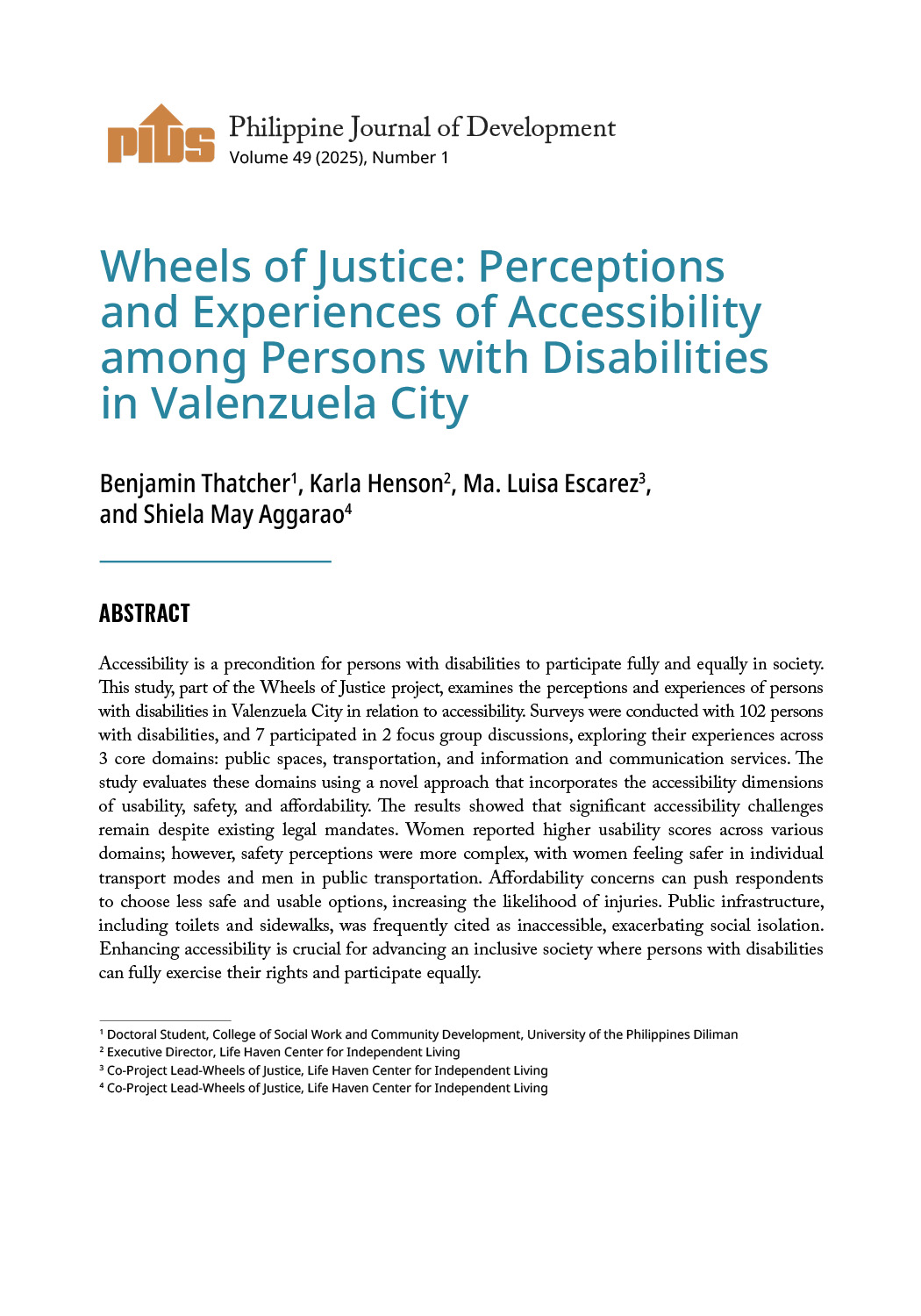The Bureau of the Treasury (BTr) plans to raise in December a total of P135 billion from the sale of T-bills and T-bonds as the national government is expected to spend hundreds of billions of pesos more than its revenues.
The BTr said in an advisory that it intended to offer to lenders P15 billion worth of T-bills twice next month.
The bureau also plans to issue 5-year, 12-year and and 20-year T-bonds at P35 billion for each tenor.
The agency’s monthly borrowing is usually worth P200 billion, but the holidays in December means fewer auctions.
In recent weeks, the BTr was not able to raise the amounts as planned because lenders had asked for higher premiums in the form of steep interest rates as a safety net against surging inflation.
National Treasurer Rosalia de Leon had said the government could afford to hold off borrowing at higher costs because of favorable tax collection turnout.
The government’s spending program leaves space for P1.3 trillion in deficit spending for 2022—P300 billion more in the fourth quarter after the January to September period saw the government spend P1 trillion.
The share of the budget deficit to the country’s total economic output in the nine months through September slowed to 6.5 percent from 8.3 percent in the same period of 2021, according to Finance Secretary Benjamin Diokno.
“The tax effort, defined as taxes as percent of GDP, rose to 15.3 percent from 14.8 percent in 2021,” he added.
Researchers at state think tank Philippine Institute of Development Studies said the current tax system “seems buoyant but may need more improvements” for the country to achieve fiscal sustainability.
This was according to a study authored by former research fellow Charlotte Justine Diokno-Sicat, senior research specialist Robert Hector Palomar and research analyst Mark Gerald Ruiz.
“Because of the widened [fiscal] deficit, the government has emphasized the need to come through with its fiscal consolidation and resource mobilization plan,” Ruiz said. “The strategy is to have more economic activities, which would lead to more sustainable debt and cash revenues, but this depends on the flexibility of the tax system.”
Tax buoyancy, which measures “the impact of changes in national income to the changes in tax revenue,” is an indicator of the tax system’s flexibility.












